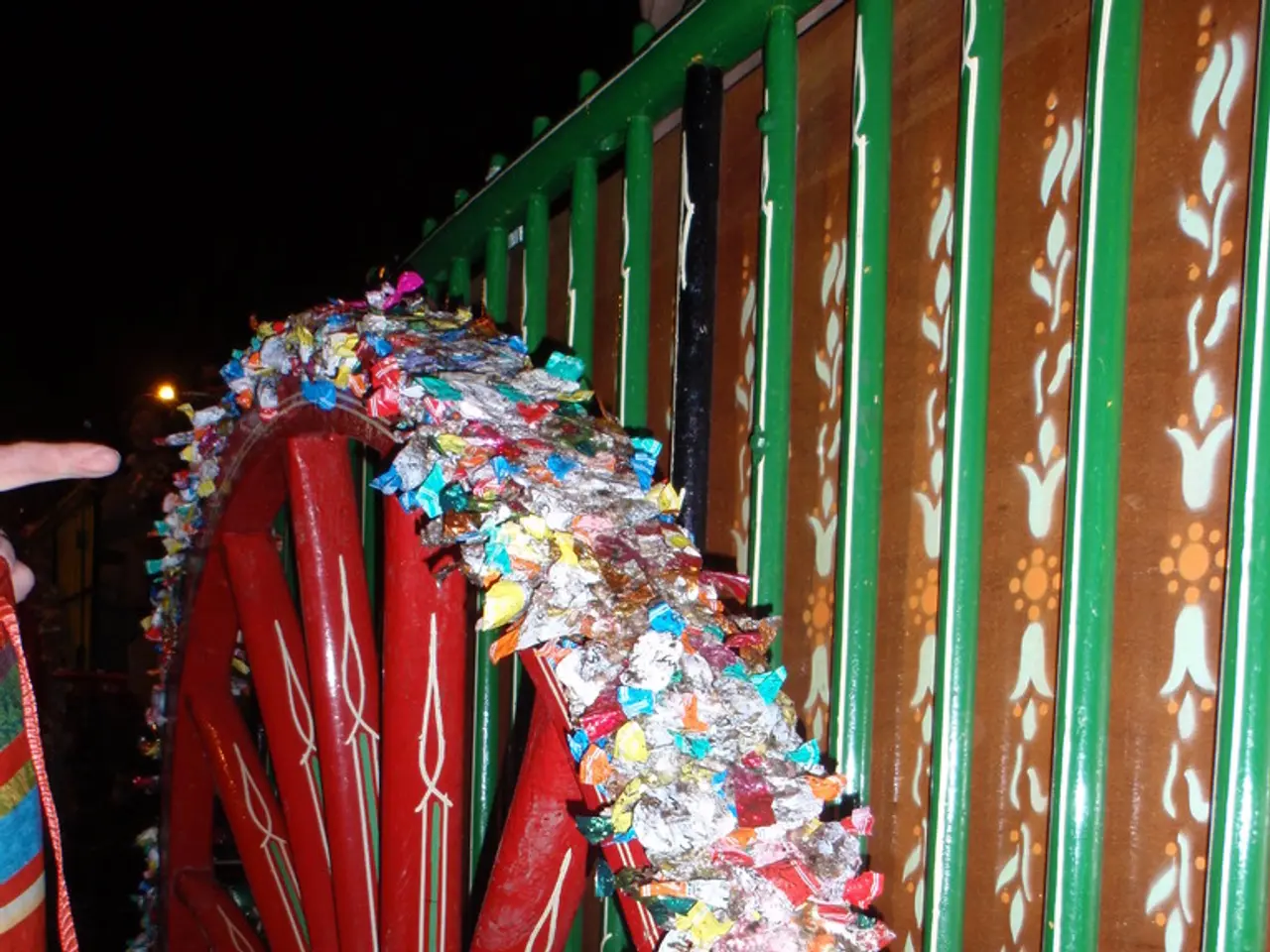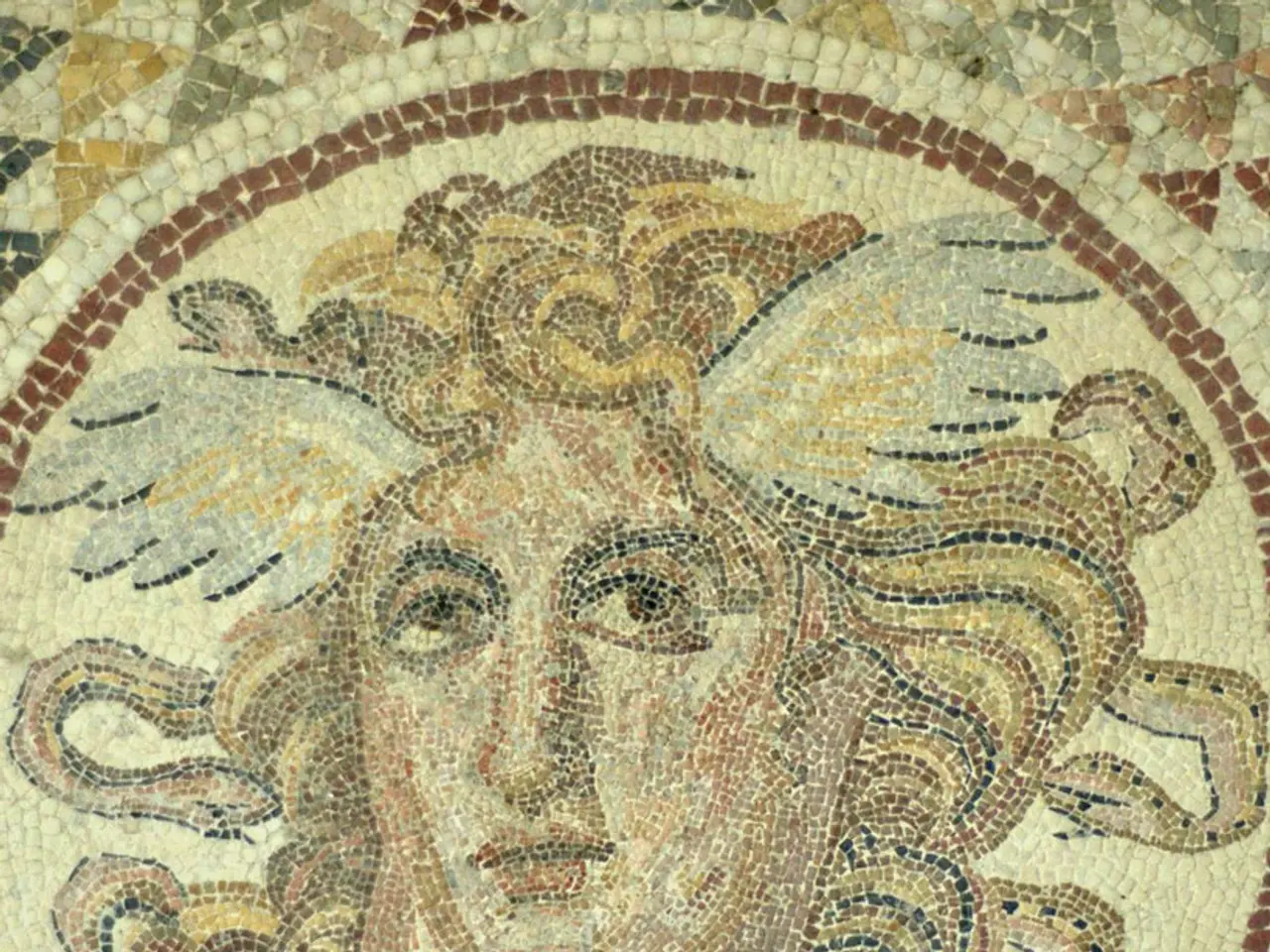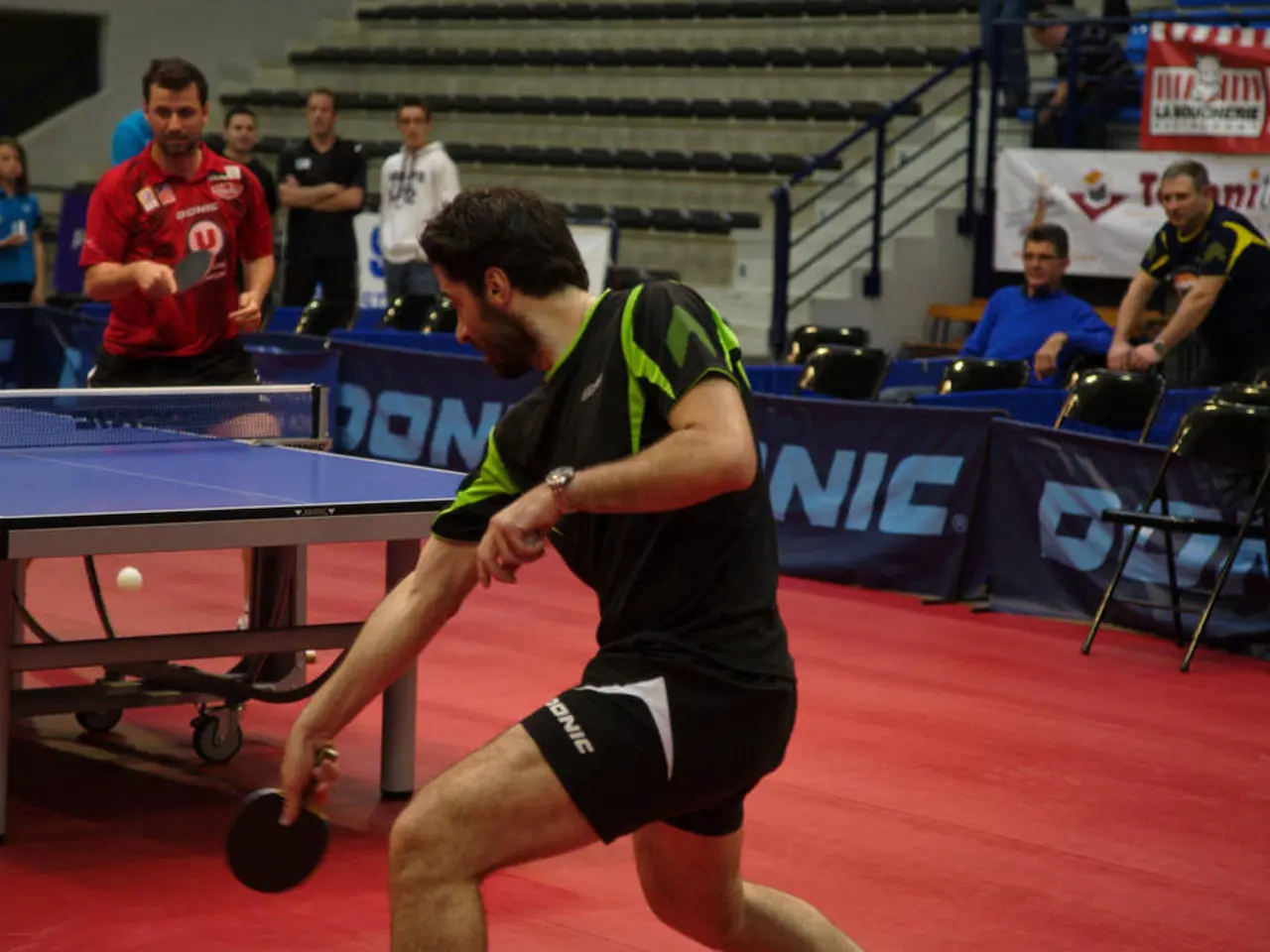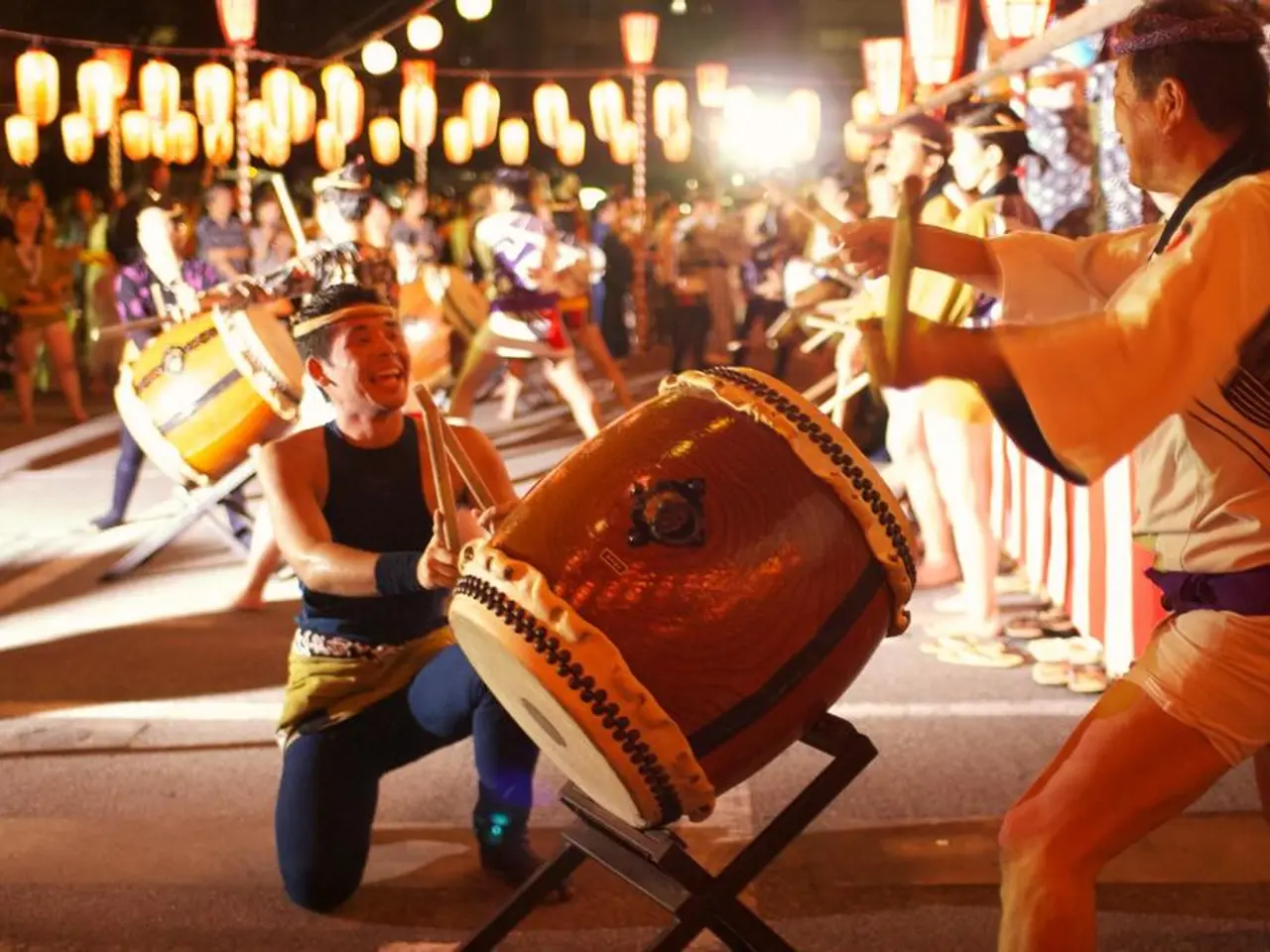Discovering the Perfect Pottery Wheel: A Handbook for Selecting Ideal Spinning Tools for Pottery Crafting
In the world of pottery, selecting the right tool can significantly impact one's creative journey. Among these essential tools, the pottery wheel plays a pivotal role in shaping and moulding clay into exquisite art pieces. This article aims to provide a clear and concise guide to help potters choose the best pottery wheel that aligns with their unique preferences and needs in the pottery craft.
## Key Factors in Pottery Wheel Selection
The selection of a pottery wheel depends on several key factors, including wheel type, user skill level, available space and portability, speed and torque, and price range.
### Wheel Type
Pottery wheels come in two main types: electric wheels and kick wheels. Electric wheels are the most common choice for home and studio use, providing reliable speed and torque, easy to control via pedal or dial. Kick wheels, on the other hand, operate manually by foot and are favoured by experienced potters who appreciate a more hands-on approach.
### Skill Level
Beginners are advised to look for wheels with simple controls, reliable motors, and stable bases. Models like Speedball's Artista, Shimpo's Aspire, and Brent's Model B are recommended for their ease of use and value. Intermediate and advanced potters require more torque, variable speed, and sturdier build. Options like VEVOR, Huanyu's Pottery Master, or higher-end Shimpo/Brent models are suitable.
### Space and Portability
Compact models are easier to move and store, ideal for home studios or limited spaces. Many beginner and intermediate electric wheels are designed with portability in mind. Heavy-duty models are more stable for large projects but harder to move. Some models have removable splash pans or foldable legs for easier storage and cleaning.
### Speed and Torque
Most quality electric wheels offer adjustable speeds, critical for centering, shaping, and detailing. Torque ensures the wheel can handle larger clay loads without slowing down. For example, VEVOR can handle up to 17.6 lbs, suitable for both small and large projects.
### Price Range
Pottery wheels come in a wide range of prices, so setting a budget before shopping is important. Beginner/entry-level wheels cost between $200 and $500, while intermediate wheels cost between $500 and $1,000. Advanced/professional wheels cost $1,000 and above.
## Top Pottery Wheel Options
The table below summarises some of the top pottery wheel options available in the market, considering their skill level, price range, notable features, portability, maximum clay load, and speed range.
| Model | Skill Level | Price Range | Notable Features | Portability | Max Clay Load | Speed Range (RPM) | |------------------------|----------------|-------------|-------------------------------------------------------|-------------|---------------|-------------------| | Speedball Artista | Beginner | $200–$400 | Compact, reliable, easy to use | High | 10 lbs | 0–240 | | Shimpo Aspire | Beginner | $400–$500 | Quiet, smooth, pedal control | High | 25 lbs | 0–300 | | VEVOR Pottery Wheel | Beginner/Int. | $200–$400 | 450W motor, LCD touch, sculpting tools, adjustable | High | 17.6 lbs | 60–300 | | Speedball Clay Boss | All Levels | $600–$800 | Strong motor, reversing plug, easy cleanup | Moderate | 20 lbs | 0–240 | | Huanyu Pottery Master | All Levels | $500–$700 | LCD screen, pedal control, removable basin | Moderate | 22 lbs | 0–320 | | Brent Model B | Intermediate | $1,000+ | Robust, reliable, high torque | Low | 25+ lbs | 0–250 |
## Summary Table
| Factor | Recommendation | |-------------------|-------------------------------------------------------------------------------| | Wheel Type | Electric for most users, manual for traditionalists | | Skill Level | Beginner: Artista, Aspire, VEVOR; Intermediate+: Clay Boss, Huanyu, Brent | | Space/Portability | Consider weight and removable/collapsible features for storage and transport | | Speed & Torque | Adjustable speed (60–320 RPM), torque for your typical project size | | Price Range | $200–1,000+ depending on features and durability needs |
## Notable Models and Highlights
- Speedball Clay Boss: Excellent for all skill levels, powerful motor, easy cleanup, though heavy and with a splash pan that could be improved. - VEVOR Pottery Wheel: Affordable, strong 450W motor, LCD touch screen, comprehensive toolset, quiet operation, great for beginners and intermediates. - Huanyu Pottery Master: Smooth speed control, stable, removable basin, robust build, but pedal may need troubleshooting. - Speedball Artista/Shimpo Aspire/Brent Model B: Reliable, trusted by studios and schools, suitable for all skill levels, but Brent is heavier and pricier.
## Conclusion
For most users, electric wheels like the Speedball Clay Boss, VEVOR, or Huanyu Pottery Master offer the best balance of price, performance, and features. Beginners should prioritise ease of use, reliability, and portability, while advanced users may prefer higher torque and sturdier construction from brands like Brent or Shimpo. The art of pottery is about realizing your creative vision and bringing your clay creations to life, and choosing the right pottery wheel is a crucial step in this journey.
A pottery enthusiast considering a lifestyle makeover might decide to invest in a new fashion-and-beauty accessory, such as a chic pottery wheel for their home-and-garden studio or creating a mini sanctuary at home. The selection process would involve determining the wheel type suitable for their skill level, ensuring portability for easy movement and storage, and finding a model within a reasonable price range that offers adjustable speed and sufficient torque for their unique bouts of creativity. Some notable options on the market include the Speedball Clay Boss, VEVOR Pottery Wheel, and Huanyu Pottery Master, which cater to both beginner and advanced potters seeking the perfect blend of performance, design, and affordability in their home-and-garden adventure.




